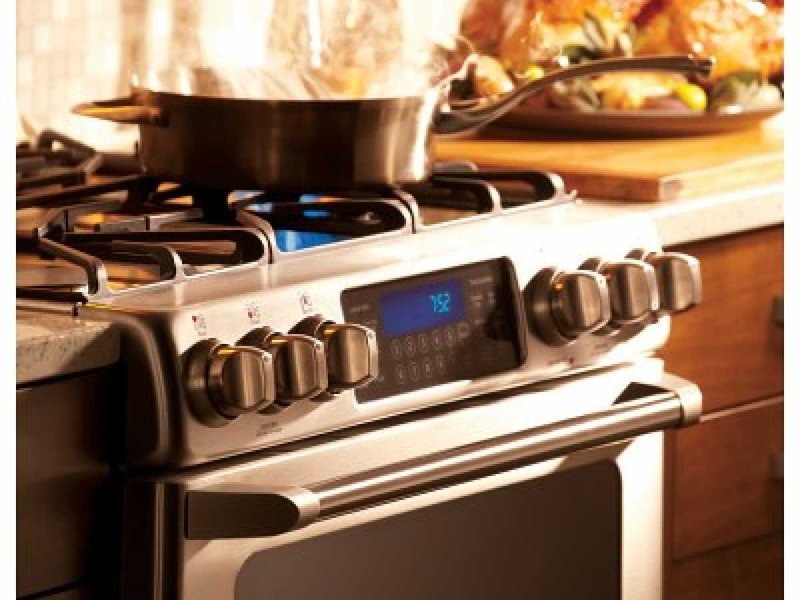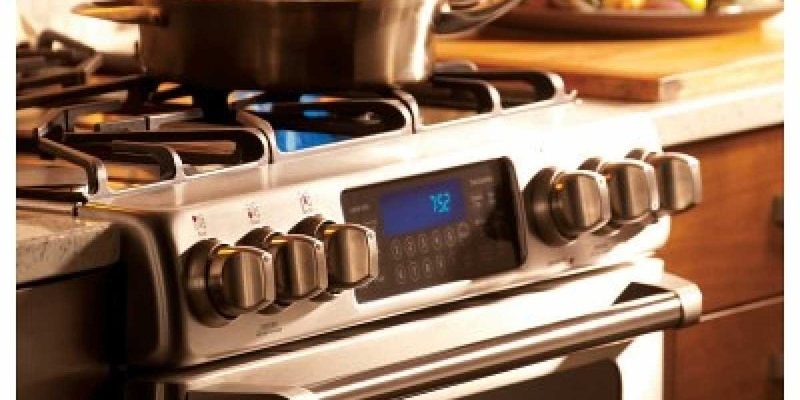
Before we delve into the nitty-gritty, let’s take a step back and think of your oven as a car dashboard. Just as the car might show a warning light for low oil, your oven uses error codes like “He” to tell you something’s not quite right. So, imagine driving a car with that pesky oil light on; sure, it might drive fine now, but sooner or later, you’re in for trouble. Similarly, ignoring the “He” error code might seem benign at first, but understanding it is crucial to prevent larger problems down the road.
What Exactly Is GE Error Code “He”?
You might be wondering, what is this mysterious “He” message? In the world of GE ovens and ranges, the “He” error code is a signal that the oven’s heating element isn’t working as it should. Think of it like the heating element being the heart of your oven, pumping out heat so you can bake, roast, and broil to your heart’s content. When the “He” code pops up, it indicates that this “heart” isn’t beating the way it should, resulting in temperature inconsistencies or a complete lack of heat.
This error can stem from a variety of sources. For instance, worn-out wiring or a faulty connector might be impeding the electrical flow to the heating element, like a kink in a garden hose. Alternatively, the heating element itself could be damaged, much like a light bulb that’s burnt out. In either case, the “He” code serves as a polite reminder from your oven that something requires your attention.
So, why not just continue cooking while ignoring this alert? The thing is, doing so might lead to uneven cooking or even a complete shutdown of your oven. Imagine baking a cake, only to find the edges crispy and the center gooey – not an ideal result. Recognizing and addressing this issue not only ensures your meals turn out great but also helps maintain the performance and efficiency of your appliance.
Should You Really Ignore the “He” Error?
Here’s the deal: ignoring the “He” error isn’t just about accepting less-than-perfect meals; it’s about preventing potential long-term damage. Let’s say your oven continues to run with this code unchecked. The continued strain on the heating element or its connections might lead to further damage, similar to how ignoring a small leak can eventually flood a room. Over time, the issue could escalate, possibly requiring more extensive and costly repairs.
Moreover, ignoring this error code could also affect your utility bills. A malfunctioning heating element can cause your oven to work harder, much like trying to heat a house with a broken heater. This inefficiency can lead to increased energy consumption, and who wants to pay more for less?
Of course, it’s also important to consider safety. Faulty electrical components pose a risk of short circuits or even fires, although rare. Addressing the error promptly minimizes these risks and ensures that your oven remains a safe and reliable kitchen companion.
How to Address the “He” Error Code
Now that we understand why we shouldn’t ignore the “He” error, let’s explore how to address it. First and foremost, safety comes first. Make sure to unplug your oven or turn off its power supply at the circuit breaker before investigating further. Then, if you feel comfortable, inspect the heating element for any visible signs of damage such as cracks or burns. It’s like checking a hose for leaks – if you spot an issue, you’re on the right track.
If you’re unsure or don’t feel confident diving into the repair, calling a professional is always a smart move. They can diagnose the problem accurately and provide the necessary fix, be it replacing a faulty element or reconnecting loose wires. Think of them like a doctor for your oven, ensuring it’s in tip-top shape.
In some cases, the issue might be with the oven’s control board, which is a bit like the brain behind its operations. If this is suspected, professional assessment is even more crucial, as tampering with electronic components can be tricky.
Preventative Measures to Avoid Future Errors
To keep that “He” error from making a comeback, there are a few preventative measures you can take. Regular maintenance and cleaning go a long way in ensuring your oven operates smoothly. Much like having regular check-ups with a doctor, this helps catch potential problems early on. Make it a habit to inspect your oven’s elements and connections periodically for signs of wear or damage.
Also, avoid overloading your oven or using it beyond its intended capacity. Think of it like not overfilling a suitcase – everything works better when not under excess strain. Following these simple tips can help extend the life of your oven and keep those pesky error codes at bay.
So there you have it, a comprehensive look at the GE “He” error code and why it’s not to be ignored. By taking timely action and understanding the causes and solutions, you’ll keep your kitchen running smoothly and your meals turning out perfectly. If in doubt, remember: addressing small issues today can save you from big headaches tomorrow. Happy cooking!
